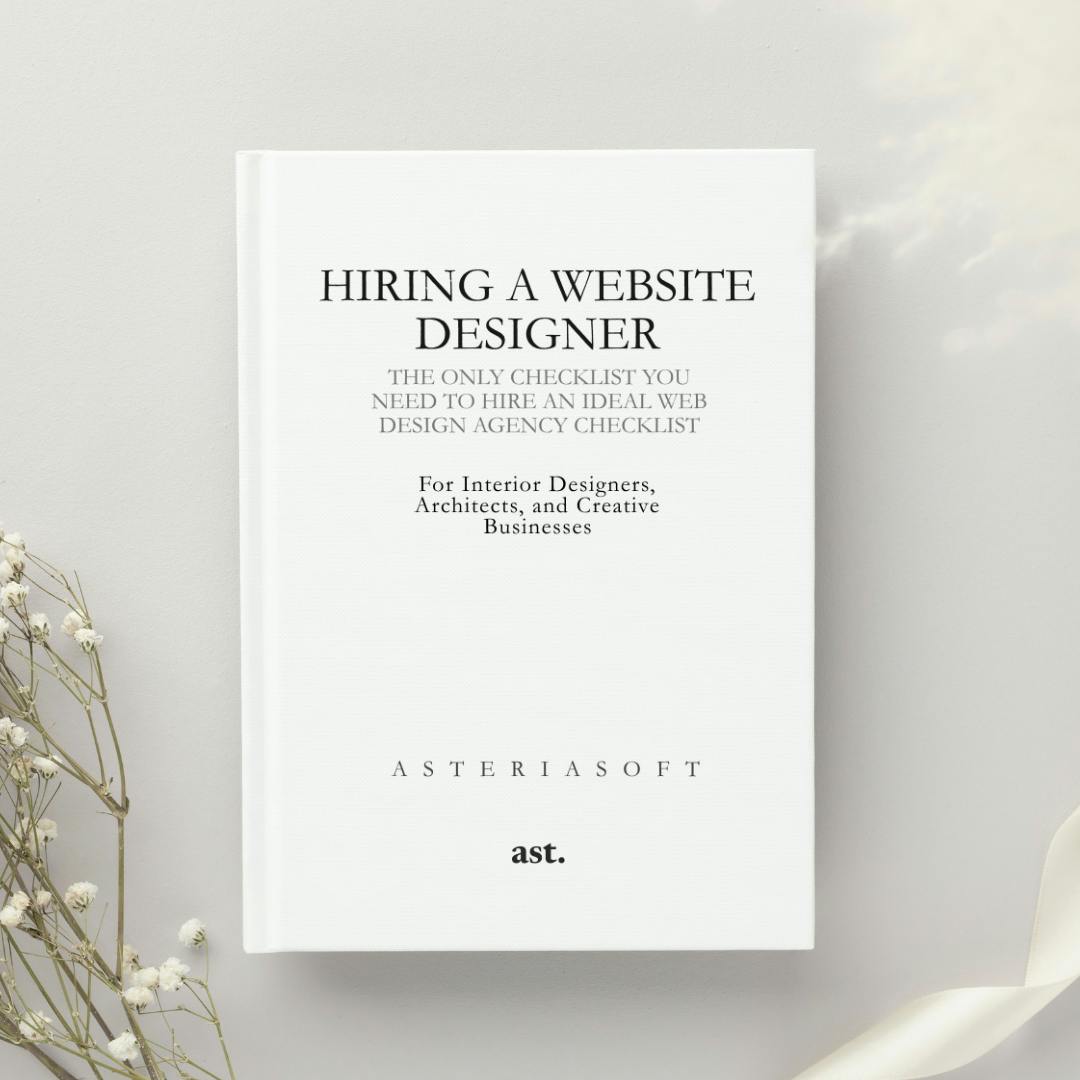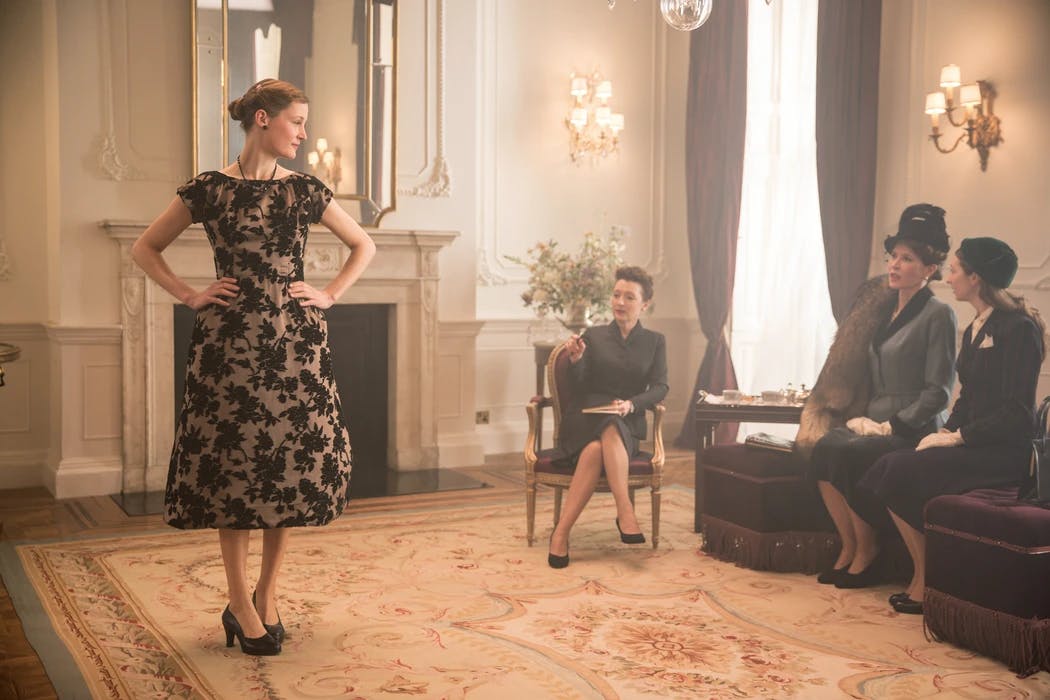Step 2 — Go through their website (properly)
Really go through it, don’t just skim. Study their website and see how they position themselves.
Treat their site the way your ideal client will treat yours. Click around, read, notice how it feels. You’re not just judging how pretty it looks — you’re evaluating how they think.
Are they merely promising to build a beautiful website with generic promises, or do they have something unique to them?
If a person claiming to be “the best website designer” in the USA, India, England, or any other part of the world hasn’t bothered to make a good website for their own business, that’s a red flag.
Here are some things you should look for on their website:
Start with positioning.
How do they talk about themselves? Are they simply promising “beautiful websites,” or do they have a point of view that goes beyond that?
Do they share their expertise only in terms of how many projects they have completed, or do they bring a completely different perspective to their work?
Look for something specific: niche focus (e.g., creatives, architects, interior designers), a recognizable website design expertise, or a clearly diverse portfolio with intent behind it.
If they can’t articulate what makes them different, they’ll struggle to articulate what makes you different.
If their own website isn’t good, that’s a red flag.
A web design agency’s website is its showroom. If it’s dated, confusing, slow, or generic, assume the same standards for your project.
A good website design agency will model the quality they promise.
Do they understand design beyond visuals?
“Design” isn’t just visuals; it’s a strategy and scheme that serves a purpose. Take malls, for instance — you will often notice distinct arrows and patterns on floors that subconsciously take you on a longer route through the mall and its shops.
Those patterns aren’t there just for the sake of visuals; they aren’t there to be pretty. They serve a purpose that’s subtle, yet effective.
When checking their websites, scan for signs of real design thinking: clear hierarchy, intuitive navigation, purposeful layouts, consistent spacing/typography, mobile-first execution, and calls-to-action that lead somewhere logical.
Design is a tool to move visitors through a story — can you feel that story here?
Watch how they use words.
Smart and well-designed websites pair smart copy with good design.
Are the headlines clear? Is the message crisp without being thin? Do pages say enough to inform decisions (services, process, FAQs, case studies) without rambling?
If they haven’t invested in solid copy (or a copywriter), they likely underestimate how much words drive conversions — and that will hurt you.
Look for proof of thinking (their blog or journal).
Do they publish consistently? Are the posts helpful, specific, and opinionated — or fluffy listicles?
A healthy blog signals a team that’s learning, refining, and communicating their perspective. It’s also a hint they understand content as a growth engine, not an afterthought.
Quick self-check while you browse:
- Can you tell who they serve within 5 seconds?
- Do case studies explain the brief, the approach, and the result (not just screenshots)?
- Are CTAs clear (“Book a discovery call,” “See process,” “Get pricing guide”)?
- Does the site feel considerate on mobile, and not just “shrunk down” to fit the smaller screen?
If their own website positions, explains, and guides you well, that’s a strong signal they can build one that does the same for your studio. If it leaves you guessing, keep looking.











